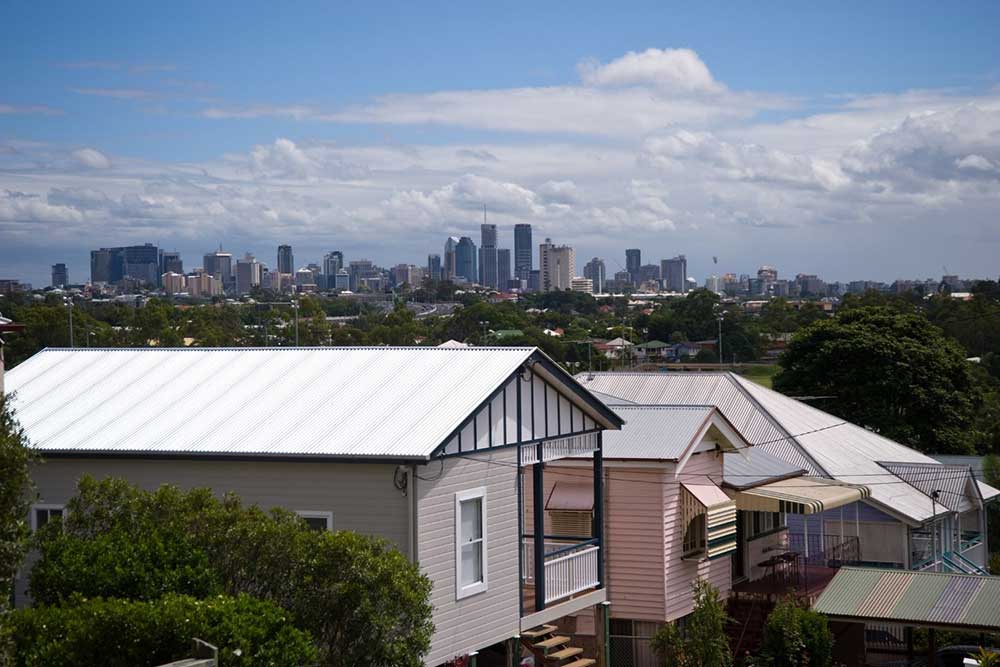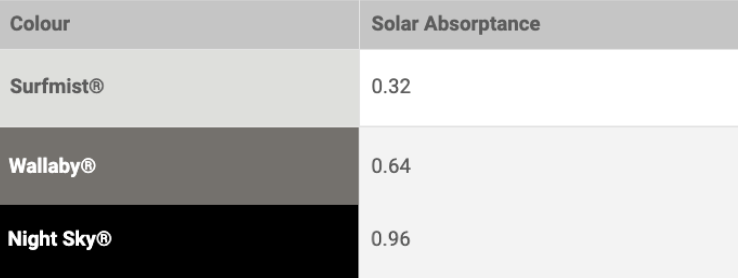Best Exterior Paint for Hot Climates

Wondering what’s the best exterior paint for a hot climate? Wonder no more. We have the cold, hard facts you need to ensure your exterior paintwork looks fantastic today, tomorrow, and for years to come.
Southeast Queensland – whether you’re in bustling Brisbane or laying on the white, sandy beaches of the Gold Coast, there’s no denying the sunshine state is an enviable place to live. Us Queenslanders may enjoy warm weather year-round, but it’s not all comfortable living.
Between November and March, it’s not uncommon for temperatures to hit 30 degrees or more. This extreme weather takes a serious toll on our way of life – and our homes.
Exterior paint plays a significant role in keeping your home cool and looking its best. Here’s everything you need to know about selecting the best exterior paint for hot climates.
Light colours keep you cool

Ever owned a black car? If so, you know first-hand just how hot it can get inside if left in the sun for a couple of hours. The same forces are at work on your home.
As a general rule, the lighter the colour, the cooler it’ll keep your home. Light colours reflect the sun’s rays, and dark colours absorb it. It’s a phenomenon known as solar absorbance, and it’s measured on a scale between 0 and 1, 1 being the most absorbent.
COLORBOND Steel, for example, has a great list of the solar absorbance levels of each of their shades. Of course, if you’re reading this article, you’re not cladding your home in steel, but it still gives you a good idea of how different colours absorb or reflect the light.

The company’s lightest colour, Surfmist, has a solar absorbance level of 0.32. A mid-toned grey called Wallaby has a solar absorbance of 0.64. And finally, their darkest hue, Night Sky, has a solar absorbance of 0.96.
If you want to keep as cool as possible, we wouldn’t recommend painting your home as black as Night Sky. It’s your home, however, and many factors come into play when choosing a colour. The orientation of your home (which way it faces on your block of land), the style of your home (modern or Queenslander, for example), and the amount of natural light you get are all worthwhile considerations.
The effects of UV radiation and sunlight exposure
The summer sun is intense in Brisbane and on the Gold Coast. If your home is flooded in natural light, be aware of the effects of UV radiation and sunlight exposure.
Over time, the sun degrades the binder and pigments in paint. This causes the colour to fade, and the paint to erode (that is, peel and blister).
To avoid this outcome, it’s best to work with a team of professional painters familiar with the southeast Queensland climate. At Kraudelt Painting, we use a specialised preparation process to ensure your exterior paintwork stands up to our local climate’s extremes.
Painting on hot days

The temperature of your home on the day of painting will affect the longevity and performance of the paint. Lucky for us, most days of the year are suitable for painting in Brissy and on the Gold Coast.
To get the most out of your paint, ensure the wall is warmer than 10 degrees (shouldn’t be hard!) and cooler than 35 degrees.
Also, watch out for rain. Queensland is renowned for its tropical storms, but the wet weather can prevent the paint from properly bonding to your home’s exterior.
Work with painters that know Queensland
It’s not a question of which product is the best exterior paint for a hot climate. Instead, it’s all about preparation. It’s about knowing which colour will keep your home cool, which techniques will ensure durability, and when to actually start painting.
We are Queensland natives that know the ins and outs of painting in the local climate. Give us a call on 07 3829 5735 or fill out the form on this page, and we’ll give you a fast and accurate quote.
